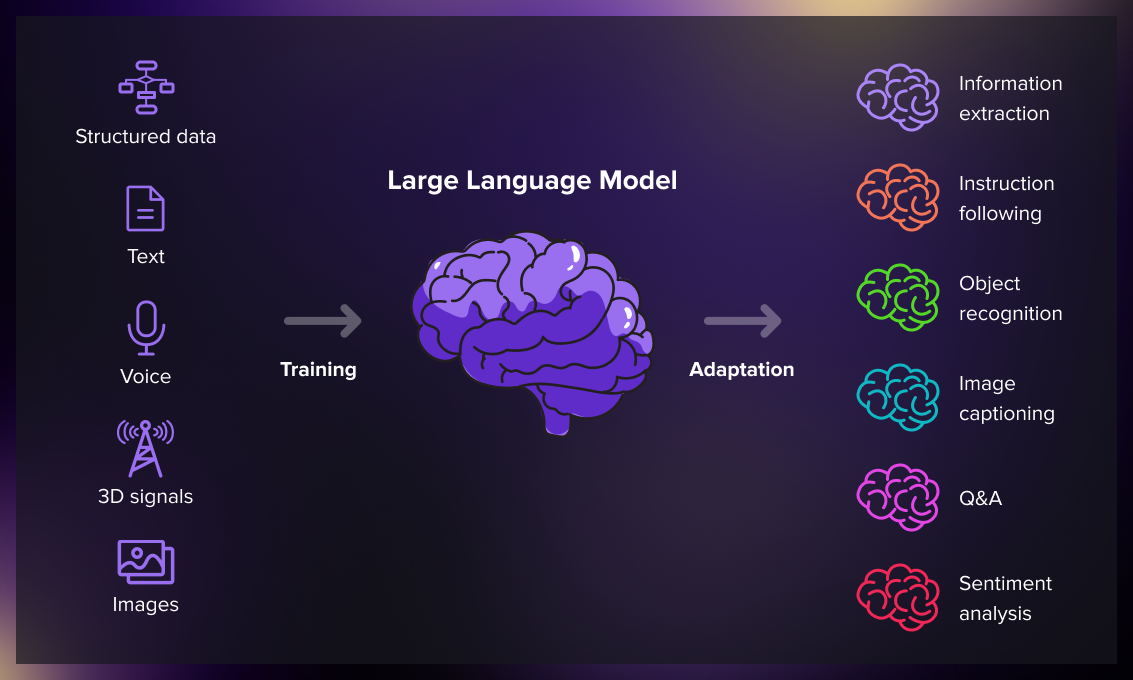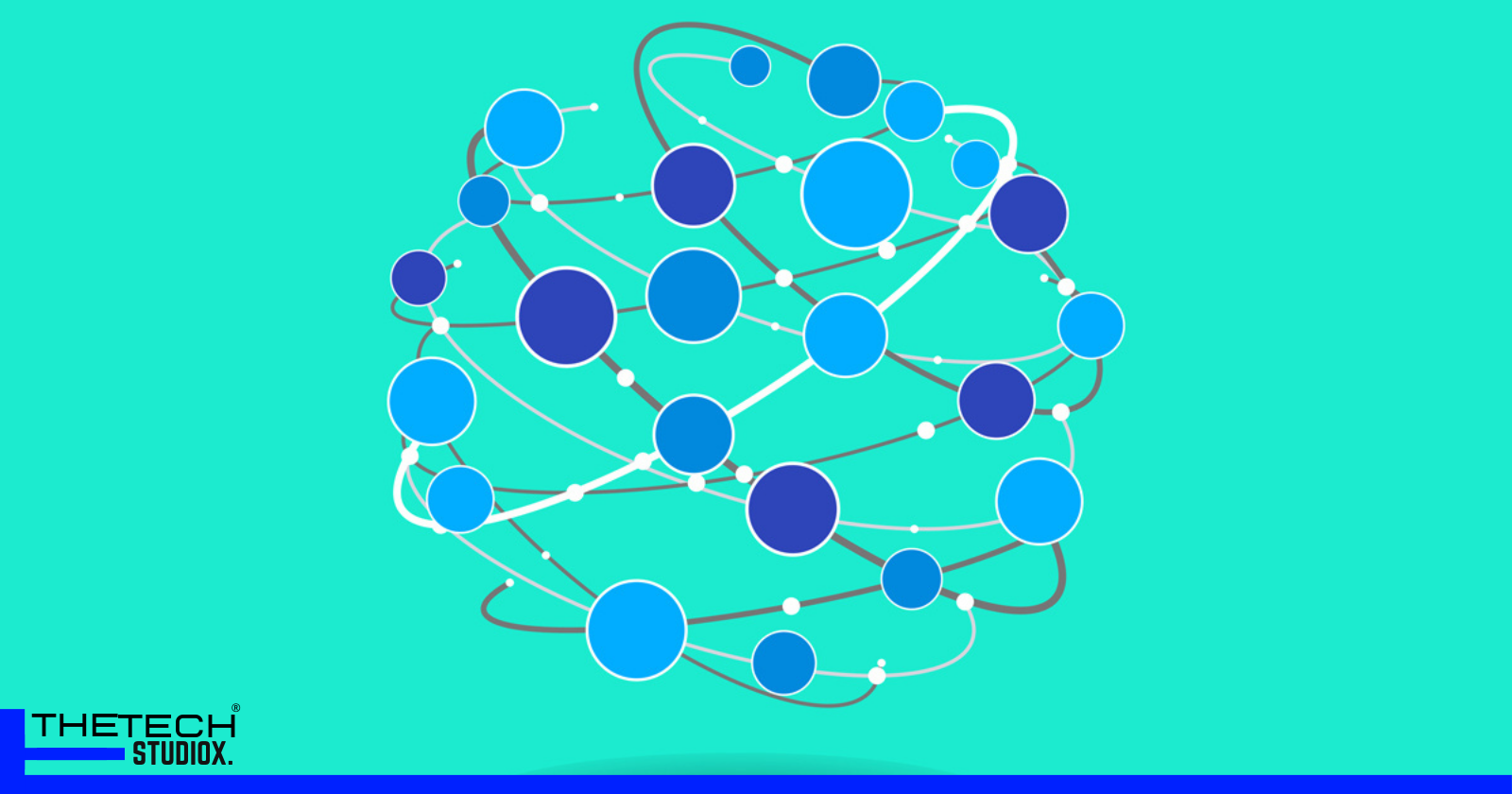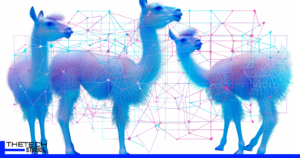Table of Contents
Introduction to Large Language Models (LLMs)
As an AI enthusiast, I am always intrigued by the latest advancements in the field. One of the most talked-about topics in recent times is Large Language Models (LLMs). These models have created quite a buzz and are revolutionizing the way we interact with technology. But what exactly are LLMs and why are they so significant? Let’s dive in and crack the code behind these fascinating creations.
How do Large Language Models work?
At their core, Large Language Models are AI models that are trained on vast amounts of text data to understand and generate human-like text. They are designed to learn the patterns, grammar, and context of language, enabling them to generate coherent and contextually relevant responses. LLMs employ a technique called unsupervised learning, where they learn directly from the data without the need for explicit instructions.
The training process involves exposing the model to massive amounts of text data, such as books, articles, and websites. The model then learns to predict the next word in a sentence based on the context it has learned from the data. This process is repeated millions of times, gradually improving the model’s ability to understand and generate text. The result is a language model that can generate human-like responses to prompts or questions.
Architecture of LLMs
The architecture of Large Language Models plays a crucial role in their effectiveness. One of the most popular architectures used in LLMs is the Transformer architecture. This architecture employs self-attention mechanisms, allowing the model to focus on different parts of the input text when generating responses. This attention mechanism enables the model to capture long-range dependencies and understand the context of the text more effectively.
The Transformer architecture consists of multiple layers of self-attention and feed-forward neural networks. These layers work together to extract and encode the important features of the text. The model also employs positional encoding to capture the sequential information of the text. This combination of attention mechanisms and neural networks allows LLMs to generate coherent and contextually relevant responses.

Use Cases of Large Language Models
Large Language Models have a wide range of use cases across various industries. In the field of customer service, LLMs can be used to automate chatbots and virtual assistants, providing customers with immediate and accurate responses to their queries. LLMs can also be used in content generation, where they can generate high-quality articles, blog posts, and even poetry.
Another significant use case of LLMs is in the field of education. These models can assist students in their learning journey by providing personalized tutoring and answering questions. LLMs can also be used for language translation, sentiment analysis, and even creative writing. The possibilities are endless, and LLMs are opening up new avenues for innovation and efficiency in various domains.
Difference Between NLP and LLMs
While Large Language Models fall under the umbrella of Natural Language Processing (NLP), there are some key differences between the two. NLP is a broader field that focuses on the interaction between computers and human language. It encompasses tasks such as language translation, sentiment analysis, and text summarization.
.png)
On the other hand, LLMs are a specific type of NLP model that excels in generating human-like text. While NLP models can perform various tasks, LLMs are specifically designed to understand and generate language. They have achieved remarkable success in tasks such as text completion, question answering, and even storytelling.
Examples of Large Language Models
One of the most well-known examples of a Large Language Model is OpenAI’s GPT-3 (Generative Pre-trained Transformer 3). GPT-3 is a massive model trained on a diverse range of internet text, making it capable of generating impressively human-like responses. It has been used for various tasks, including writing essays, creating conversational agents, and even composing music.
Another example is Google’s BERT (Bidirectional Encoder Representations from Transformers). BERT has been widely used for tasks such as sentiment analysis, named entity recognition, and question answering. It has shown exceptional performance and has become a benchmark for many NLP tasks.
These examples highlight the power and potential of Large Language Models in understanding and generating human-like text.
The Role of LLMs in AI
Large Language Models have emerged as a game-changer in the field of AI. They have the potential to transform various industries by providing intelligent and human-like language processing capabilities. LLMs can enhance customer service, automate content generation, and improve educational experiences.
Furthermore, LLMs can also contribute to advancements in other areas of AI. They can be integrated into virtual reality and augmented reality systems, enabling more realistic and interactive experiences. LLMs can also assist in machine translation, making communication across languages more accessible and efficient.
The role of LLMs in AI is not limited to specific applications. Their ability to understand and generate human-like text opens up endless possibilities for innovation and advancement in the field.
Challenges and Limitations of Large Language Models
While Large Language Models have shown tremendous potential, they also come with their fair share of challenges and limitations. One of the main challenges is the enormous computational power required to train and fine-tune these models. Training LLMs can be time-consuming and resource-intensive, making it a challenge for smaller organizations or individuals with limited resources.
Another limitation is the issue of bias in generated text. LLMs learn from the data they are trained on, which means they can pick up biases present in the training data. This can lead to the generation of biased or discriminatory text. It is crucial to address this issue and ensure that LLMs are trained on diverse and unbiased data to mitigate the risk of perpetuating biases.
Additionally, LLMs may sometimes generate text that is factually incorrect or nonsensical. While they excel in generating coherent text, they may still struggle with understanding complex nuances or factual accuracy. Careful validation and fine-tuning are essential to ensure the generated text is accurate and reliable.
Future Implications of Large Language Models
The future implications of Large Language Models are vast and exciting. As the field continues to advance, we can expect LLMs to become even more powerful and intelligent. They have the potential to revolutionize the way we interact with technology, making it more human-like and intuitive.
In the coming years, we may see LLMs being integrated into various applications and devices, providing seamless and personalized experiences. LLMs could become an integral part of our daily lives, assisting us in tasks such as writing emails, composing music, and even generating creative content.
However, with great power comes great responsibility. It is crucial to ensure ethical guidelines and regulations are in place to govern the use of LLMs. Transparency, accountability, and privacy considerations should be at the forefront to harness the potential of LLMs while mitigating any potential risks.
Conclusion
Large Language Models (LLMs) have emerged as a significant breakthrough in the field of AI. These models have the ability to understand and generate human-like text, opening up new possibilities and applications across various industries. From customer service to education, LLMs are reshaping the way we interact with technology.
While LLMs have shown remarkable potential, they also come with challenges and limitations. Addressing issues such as bias and factual accuracy is crucial to harnessing the full potential of LLMs. Additionally, ethical considerations and regulations should be in place to ensure the responsible use of these powerful models.
As the field continues to evolve, we can expect LLMs to play an increasingly important role in AI. The future implications are exciting, and we are only scratching the surface of what LLMs can achieve. It is an exciting time to be a part of this revolution, and I can’t wait to see what the future holds.





[…] is set to shake up the AI tech landscape with its forthcoming Llama 3 large language model (LLM). This highly-anticipated release has stirred excitement in the tech and AI communities, […]